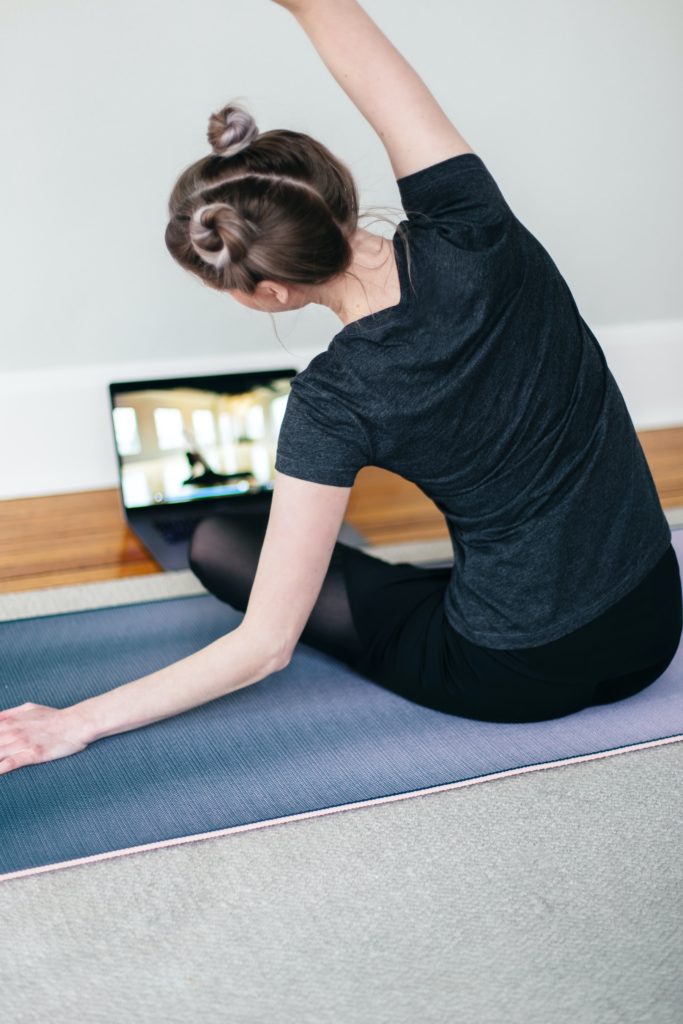A Beginner’s Guide on Learning How to Meditate
Mental Health, Presence, Reducing Stress

There are probably as many reasons for learning to meditate as there are people in the world. It seems every day a new study comes out touting a new benefit of meditation. Some of the basics are simply reducing stress and increasing your performance in everyday life. We know that through both breathing exercises and focused thought practices you can trigger your parasympathetic nervous system. This is what triggers that decrease in your stress levels. You can also train your brain to be less reactive. This is what allows you to have more control over your responses to your environment and improve performance.
Learning to meditate is one of those things that most of my clients have on their “should” list due to its benefits. Some of them have had regular meditation practices in the past, but have struggled to keep it going once their lives changed. Other clients have always aspired to the practice without much success.
Meditation is HARD
As a certified yoga instructor and life coach, let me just lay this out there: meditation is hard.
Much like going to the gym in the beginning, nothing will make you feel more out of shape than trying to work out after a long break. Similarly, nothing makes you realize how stressful and chaotic your thoughts are than trying to focus your mind for even 5 or 10 minutes. However, just like going to the gym, it’s the practice of focusing your mind over and over again that brings the benefit.
Every time you bring your mind back to the present moment, that’s a rep. Your mind wanders off, you bring it back, that’s rep #2, and so on. It’s not about actually getting your mind to be quiet, though over time that may start to happen for fleeting moments. It’s the reps that make the difference. Every time you can retrain your brain to recognize your thoughts separately from yourself, you help your mind and body do that in times of stress. The more you do it, the easier it gets.

Beyond shifting your expectations, though, here are my top tips for starting a meditation practice that will hopefully make it a little easier for you.
Beginner Tips:
Don’t Try to be Perfect at It
It can be very uncomfortable to sit and really watch your thoughts. It’s normal not only for thoughts to be chaotic, but also very negative. Rather than expecting it to stop or even to feel “blissful” right away, instead try to accept that these thoughts are normal. You’re practicing ignoring them. You’re practicing not following the train. That’s the whole point!
Stick to Guided in the Beginning
Like I said, it’s hard. Guided meditations are easier because the audio gives your mind a dynamic place to rest, rather than silence where your mind will naturally wander. Whether it’s a meditation app or recorded meditations on Spotify or YouTube, there are endless options to help guide you in your practice. Don’t make it harder on yourself!
Try a “Learn to Meditate” Program
I love Headspace and Waking Up for how accessible they are, though there are also many, many more. Both of these programs specifically are focused on the practice instead of any Eastern philosophy or religious concepts, which is great for most people starting out. You can trial each for free to see which style you like better. And the meditations are only 10 minutes a day for either of them.
These programs are great for a few reasons. First, they will teach you different meditation practices. This is great so you don’t have to sit there going “Am I doing this right??” Second, they provide structure for you. The fewer decisions you have to make every time you want to meditate, the fewer barriers there are to starting your daily practice. Many of them will even send you a push notification to remind you!
If You Can’t Sit Still, Move!
Sometimes sitting still is just too much, especially if the voices that creep up are particularly painful. This is very common! For people dealing with anxiety, depression, trauma, or even just life, the things that come up in meditation might just be too intense to sit through. Totally normal and not wrong. Running, walking, vinyasa yoga, painting….anything that keeps your mind in the present moment is a perfect place to start.
Work with Your Own Routine
One of the most important things I ask my clients to do with any new habit is to think about what habits work for them. If you’re not a morning person, don’t try to force yourself to get up early to meditate; try it out for 10 minutes before you go to bed. If you don’t like sitting on the floor or don’t have a cushion, sit on your couch or chair. Find a system that works for you. It can be helpful to think about what worked when you’ve successfully picked up other habits. Then apply those habits to meditation.

Remember, this is not about being perfect. Meditation is about giving yourself what you need and reducing your stress. Learning to meditate is about actively training your mind to come back to let go of your train of thought over and over again. Be sure to check out our workshop on Meditation and Mindfulness! Also, we’d love to hear your thoughts on meditation – what’s worked for you?


